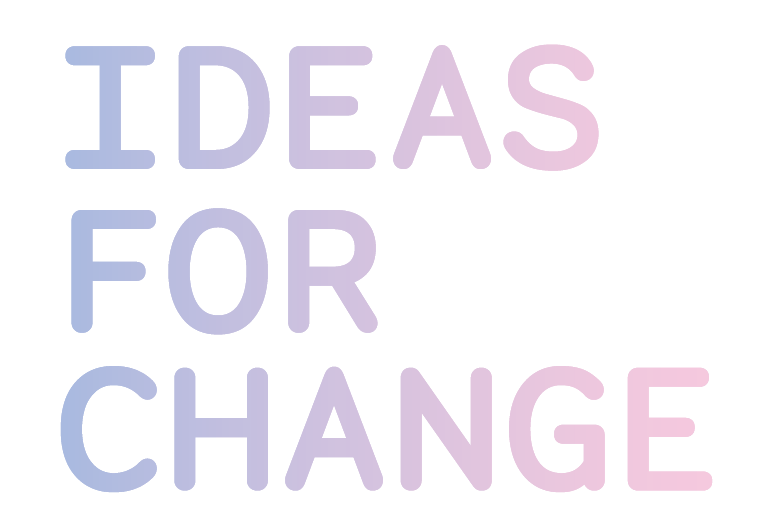Barris Que Molen: participatory and respectful tourism to boost Sant Andreu’s district
By Pako Rodríguez, Consultant specialised in tourism. (Originally published in Spanish)
Sant Andreu is a district of Barcelona with almost 150,000 inhabitants. Its agricultural origin, the marked industrial evolution and the high commercial tradition make the transformation part of its DNA. It is a district where the new and the old coexist in the streets and squares, the shops and in its spaces and culture. Its inhabitants, of a revolutionary nature, reflect a working-class past that faces a future marked by the arrival of the high-speed train through La Sagrera station.
When the station's inauguration arrives, it will mean a before and after in the urbanistic model of the district and its neighbourhoods. The station, designed to receive up to 100 million passengers each year, will face great challenges in terms of management and a greater opportunity for job creation, trade development, new housing -including social one-, and expansion of green areas.
Urban development will be linked to other existing attractions within the district, suchs as artistic, socio-cultural and local folklore assets in the ‘Fabra i Coats’ buildings or in the urban art and self-managed project ‘Nau Bostik’. Other main attractions of Sant Andreu are related to its musical culture through the ‘Taller de Músics’ or the gastronomic and commercial offer of the area, among others.
Economic regeneration through regenerative tourism
In this context, Ideas for Change, with the support of the Barcelona City Council and Barcelona Activa through the ‘Impulsem el que fas’ call, we have launched the Barris que Molen project.
The aim of this project is to promote the economic regeneration of Sant Andreu’s district through participatory tourism, with an impact on local economic development. The idea is to anticipate, in a participative way, what is going to come taking into account the development of La Sagrera in order to take advantage of the opportunities of the visitor’s economy and to face its challenges in a coordinated way.
The project wants to identify all actors who want to get involved and provide and get knowledge from participatory dynamics. At the same time, it ensures the development of new initiatives and circuits of responsible and regenerative tourism, which allows the relocation of tourist “surpluses” from other central areas of Barcelona.
A participative and respectful model for the local community
Therefore, and in line with the trends that seek responsible and quality tourism, the project will be developed with regenerative tourism as a basis and starting point. A regenerative design focused on active participation, continuous feedback and iteration to promote a model based on principles, is summarised as follows:
Definition of a purpose as a destination that realistically reflects what to offer and which is the intended local impact.
Participation of the host community, with their concerns and knowledge, in the design of the intended destination.
Respect for the local community and the continued research for positive impact through intelligent and interconnected design at different levels of the environment.
Participation of the host community in the tourist activity and the promotion of interactions with visitors to offer a more human experience.
Putting into value the natural resources that allow unique experiences.
Promoting the sustainability of design focused on the triple bottom line: social, economic and environmental.
Opting for a multidirectional and multichannel communication with transparent rules accessible to everyone.
The permanent beta of destination based on continuous learning and updating.
The aforementioned aspects allow avoiding past mistakes and, therefore, achieve the following points:
Evolve from a quantitative and short-term tourism to a qualitative and long-term one.
Promote coexistence tourism that takes into account the resident, since the city is not a resort.
Create a pattern of value and quality associated with science, art and culture. Foster the key relationship between culture and tourism.
Encourage environmental and social respect through a code of ethics.
Promoting the 4D’s of sustainable tourism:
Decentralisation of tourist flows.
Distribution of benefits to host communities.
De-standarisation of supply to capture a demand that seeks authenticity.
Deseasonalisation of the destination to avoid concentrations in the different seasons.
A high quality program led by regenerative tourism professionals
The project is led by professional experts in regenerative tourism and is based on widely tested innovative methodologies. Therefore, in the coming months, the programmes will be developed following the next phases:
Phase 0: Mobilisation of local organisations and agents from different sectors that can directly or indirectly affect the generation of an attractive network of visitors.
Phase 1: Training on regenerative tourism and good practices related to local economic development to interested people, entities, neighbourhood organisations and businesses from the district.
Phase 2: Participatory workshop where, using the Penta - CARE methodology, we will analyse the destination and the resources that make it unique, we will target the kind of visitor we are looking for, and where to find the projects that have an impact in the tourism development of the district in a responsible and regenerative way.
Phase 3: Follow-up by the Ideas for Change team of 3 projects for 2 months to promote, validate and develop them.
Final phase: Presentation of these three projects with the related data of the previous follow-up from Ideas for Change.
A participatory project focused on local agents
This project is intended for trade associations and cooperatives, neighbourhood associations, the hospitality industry, organisations from the cultural sector and, in general, citizens interested in co-creating their destination.
It is a participatory project and its success depends on the degree of involvement of local actors, so we encourage you to be part of it.
At Ideas for Change we have launched Destinations That Rock, a section focused on helping territories that want to become tourist destinations and destinations that want to transform themselves leaving behind previous and obsolete schemes.
If you want to be part of the new reality,
Keep reading:
Did you like this article?
Receive more content like this in your inbox!














